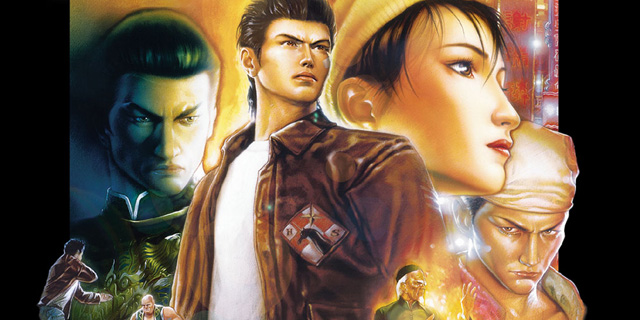
In order to understand why we won’t ever see a Shenmue III, we must first understand what Shenmue is as a series. Shenmue is the story of Ryo Hazuki tracking down his father’s killer. It started its life being developed for the Saturn, was eventually shifted to the Dreamcast, saw a two-for-one sequel on the Xbox, and then slipped quietly into the night while Sega started spending time and money on its spiritual successor, Yakuza. READ MORE
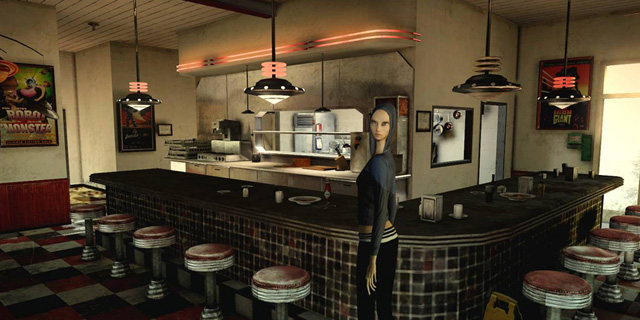
Back in 2005, EA and Steven Spielberg announced a deal that would bring the two together to produce two major projects. The first of those projects was Boom Blox (which later spawned a sequel). The other game was an untitled action game that was known as Project LMNO. While not much was ever known about the game besides speculation and some very small details, people were excited to see what Spielberg and the teams at EA had in store for us. READ MORE
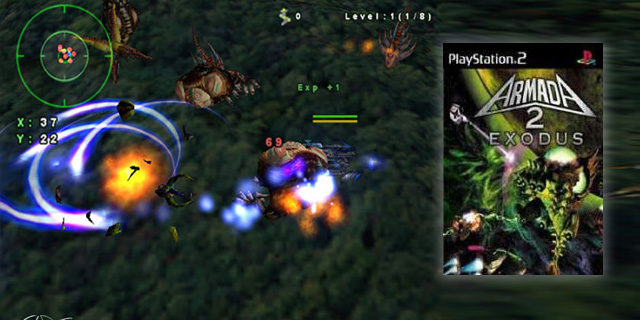
Metro3D’s Armada, for the Dreamcast, hit on a formula that many others were attempting: a four-player co-op experience that was as fun as Gauntlet but didn’t play like Gauntlet. Taking those cooperative same-screen elements and throwing them into an Asteroids-style space shooter was a lot of fun. The game suffered from the kinds of things a first-of-its-kind title does, though, and a sequel was the team’s chance to make a good game great. Oh, and take its game online. READ MORE
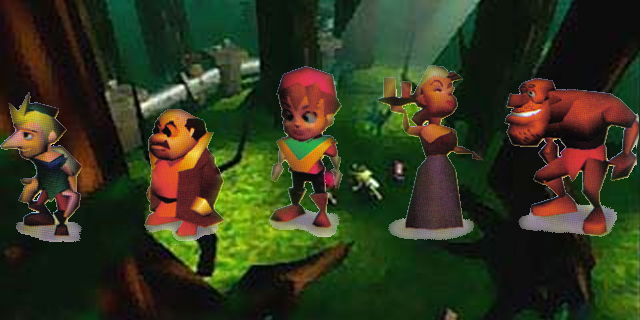
A new game is released to market with a great soundtrack, superb writing and localization, a great visual aesthetic and sharp graphics and garners a slew of sterling reviews. It proceeds to fail miserably in sales, dooming this promising series to an early and undeserved death. It’s a tale that gamers are all too familiar with. Too many notable games have fallen into this hole and never recovered. For a while it looked as if EarthBound was going to avoid this fate as, despite its lackluster sales for the Super Nintendo in 1995, a sequel was shortly in development for Nintendo’s new 3D system, the Nintendo 64. READ MORE
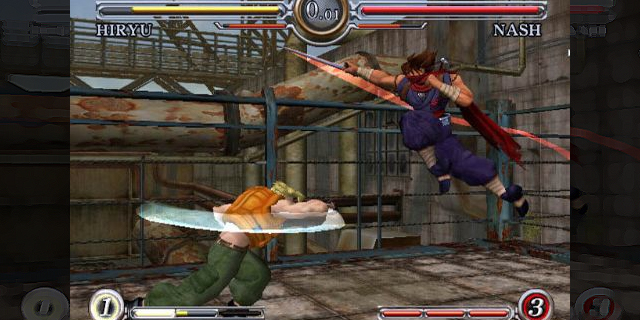
Capcom’s only venture into a 3D plane wasn’t always with the Street Fighter EX series. At one point, they attempted to blend their traditional 2D fighting with 3D engine on their own, as well as release some new characters. Before they finally found that middle ground between Street Fighter III (one of the most definitive 2D fighters ever) and the Street Fighter EX series (which had set the tone for the 3D engine) with 2008’s Street Fighter IV, there was Capcom Fighting All Stars: Code Holder. READ MORE
























